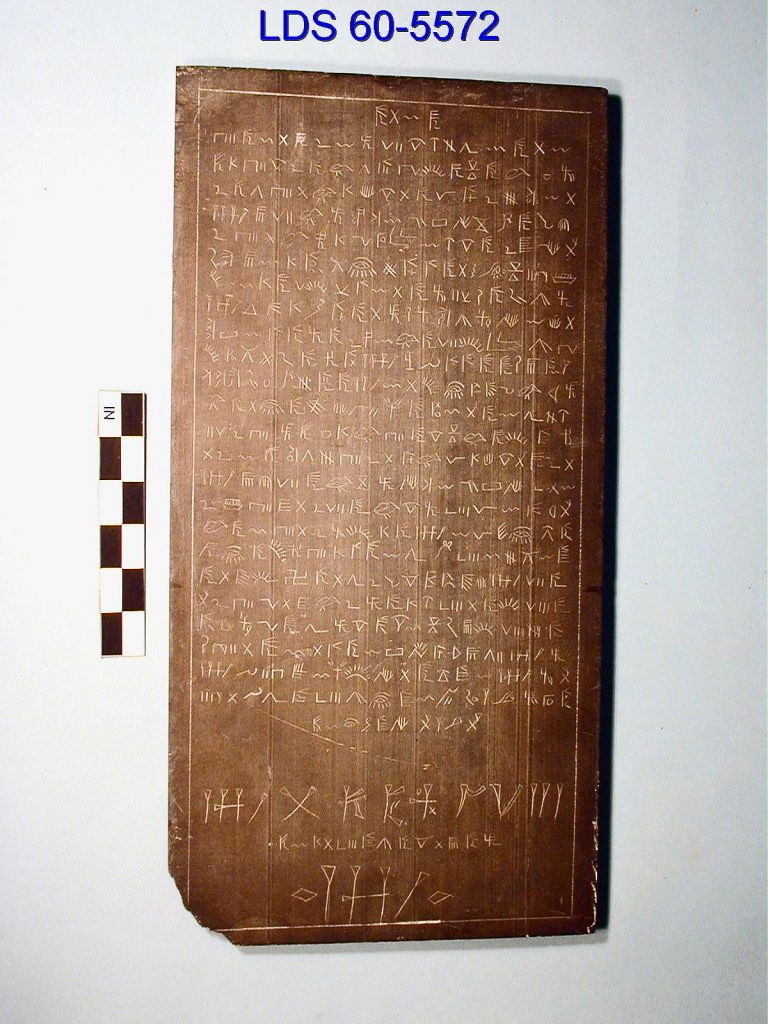
I would not have figured this out had it not been for working the language system of the Burrows Stones. The third line from the bottom has a line of a large font size engravings. It reads from right to left. The language is Hebrew. The letters are a mixture of Libyan, Phoenician, and Michigan. If you are serious about understanding this, for starters, you should reference the transliteration chart on the Burrows Cave website – https://burrowscave.io/articles/transliterating-burrows-cave-artifacts/.
Starts with three vertical lines which in the Libyan is a version of the Hebrew ה. The V is Phoenician for ו. The third letter is very similar to the Phoenician צ. A mix of Phoenician with the Libyan is very common in the Burrows Cave stones. Translation of the word is done using Ben-Yehuda’s English-Hebrew Hebrew-English dictionary.
הוצ in the dictionary appears to mean to publish, or it is very close to it.
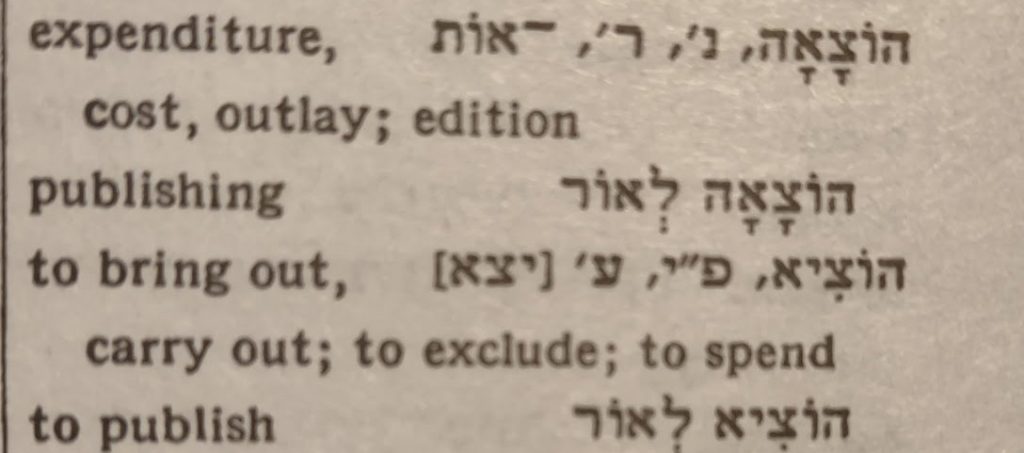
The fourth letter looks like a plus sign which is a Libyan ת. This is the common usage for ת in the Burrows stones.
The fifth letter appears to by the Michigan letter for ל or Lamed. There are two indicators of this. First, the inner portion of the symbol as two inner strokes is the Libyan Lamed as used in the Burrows Stones. This is also like unto the L used in the Tower of Babel artifact indicated below. I am assuming the name of BBLL for Babel in the artifact. The symbol with the X in the middle being guessed at being a B and the one with the two lines in the middle being the L.
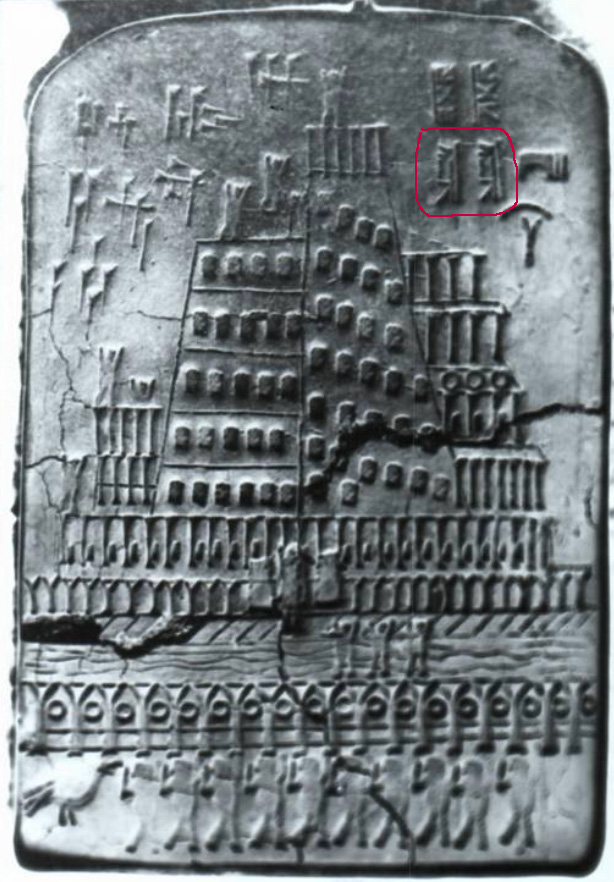
תל – potentially meaning “Hardship”. There are many words which begin with תל including mound, hill, or heap. But I think hardship is the most likely to fit context. Give the translation to this word as only a maybe.
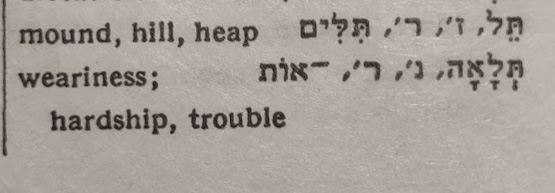
This sixth letter from the right is the letter N. This goes back to the very first artifact I worked which had the image of noah on it. This letter is also used in the Nauvoo Brick to represent the letter N.
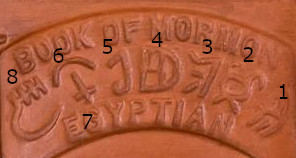
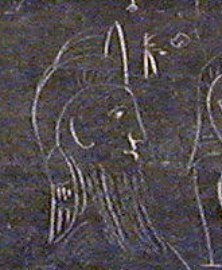
The seventh letter from the right is the X which in the Libyan alphabet is the א or aleph. In the Burrows stones the X is sometimes א – Aleph and Sometimes מ – Mem.
נא – prayer.
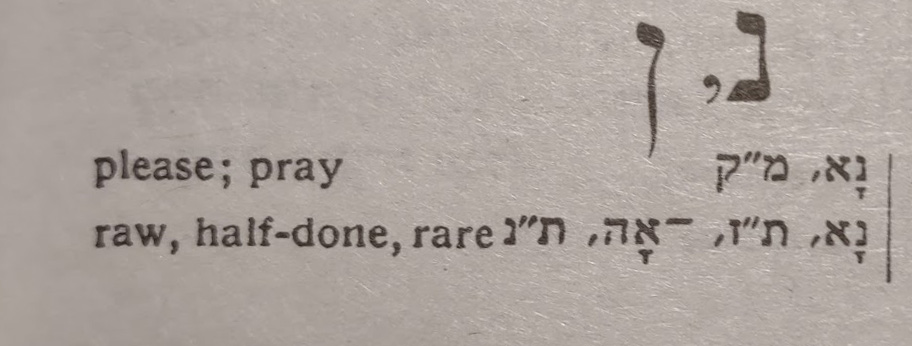
The YHW is now accepted as common knowledge that one meaning is Jehovah.
YHW – Jehovah.
So is this the publication of a hardship prayer to YHW.
This line represents Reformed Hebrew.
